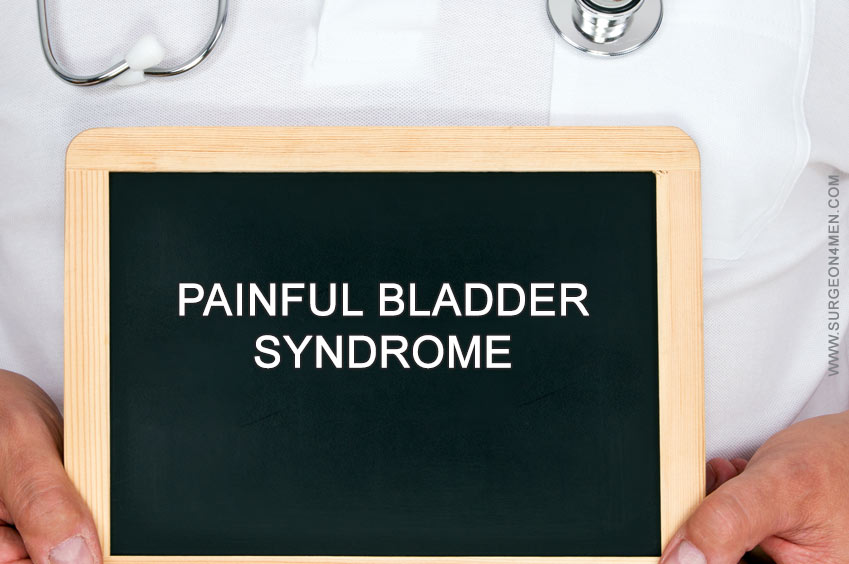Painful Bladder Syndrome
Painful bladder syndrome, also called as Interstitial Cystitis is a chronic medical condition characterized by recurrent pain in the bladder and the surrounding pelvic area associated with an increased urgency to urinate. The pain may vary from person to person and may change in intensity depending upon the amount of urine present in the urinary bladder.
Epidemiology of Painful Bladder Syndrome
Painful bladder syndrome is more commonly seen in women. It affects around 2.7% of all the women in the US. This comes to about 3.3 million US women. Around 1.3% of all men in the US, that is around 1.6 million men, are also affected by the condition.
Signs and Symptoms of Painful Bladder Syndrome
Some of the common symptoms of painful bladder syndrome include:
- Pain in perineum area.
- Pain in lower pelvic region.
- Urgency to void urine
- Increased frequency of urination. Some patients of painful bladder syndrome have to go for urination as many as 60 times in a day.
- Increased frequency of urination during night- a condition called as nocturia.
- Pain in lower abdomen increases as the bladder fills and is relieved after voiding urine.
- Painful intercourse
- Pain in the pelvic region may worsen during menstruation
The intensity of symptoms varies from time to time and there may be time intervals lasting for days to months which are completely pain free.
The symptoms of painful bladder syndrome mimic those of urinary tract infection. However, there is a fundamental difference between the two. Urine culture in case of painful bladder syndrome is sterile contrary to that in urinary tract infection. Hence, antibiotics have no role in its treatment.
There are some important features which help in establishing the diagnosis of painful bladder syndrome. They are:
- Urodynamic studies show that pain increases as the bladder fills and is relieved as the bladder is emptied.
- Urine culture is sterile.
- Cystoscopy may reveal the presence of Hunner’s ulcers in 10% to 50% cases. These are patches of broken skin that are seen on the wall of the urinary bladder.
Treatment of Painful Bladder Syndrome
As the reason behind the disease is not known, treatment is basically symptomatic and supportive in nature. It can be divided into two categories:
- Medical treatment
- Non-medical treatment
Medical Treatment of Painful Bladder Syndrome
- Medicines like NSAIDs, tricyclic antidepressants and gabapentin may be considered for pain relief.
- Anticholinergic medicines like oxybutynin can be useful in reducing the frequency of urination. However, they can interfere with the proper emptying of the bladder. If the bladder is not emptied properly, it can lead to pain. Therefore, these drugs should be used with caution.
- Increased pain during menstruation is relieved in some women with the help of oral contraceptive pills.
- In certain refractory cases, stimulation of the sacral nerve surgically may prove effective.
- Partial removal of the bladder or supra-vesical urinary division is done in certain cases where the condition has become debilitating.
Non-Medical Treatment of Painful Bladder Syndrome
- Pelvic floor exercises help in strengthening the muscles of the pelvic floor and help the patient.
- Reduced intake of alcohol, caffeinated drinks, and spices help in reducing the inflammation of the bladder.
- Diagnostic cystoscopy stretches the nerve cells and makes them less sensitive for some time. So, undergoing the procedure may provide temporary relief from the symptoms to some patients.
- Transcutaneous electrical nerve stimulation (TENS) may help when used along with other treatment modalities.
